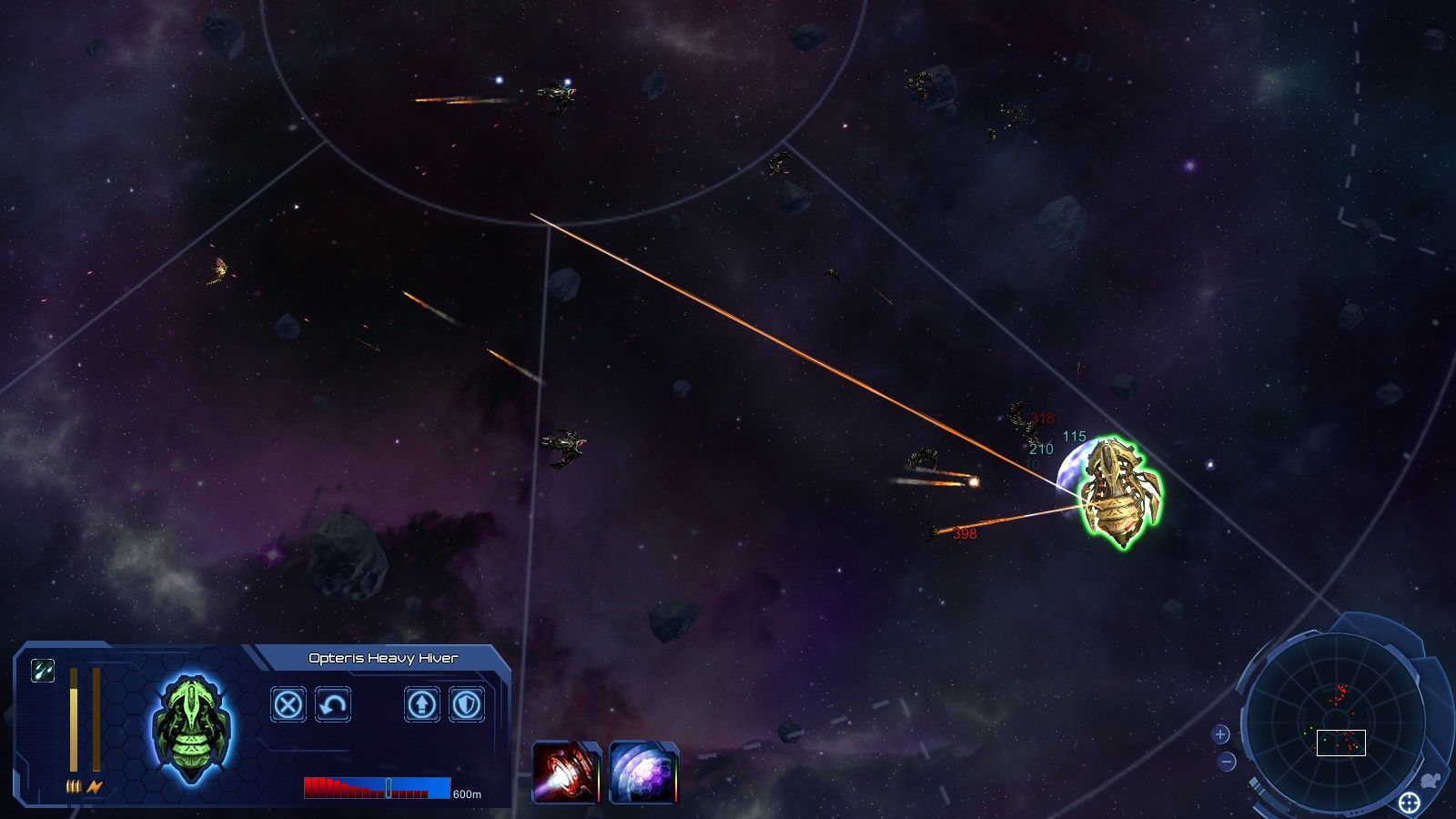


The Liberté-class battleships were originally intended to be part of the République-class battleship, which was to total six ships. The wreck remained in Toulon until 1925, when her destroyed hull was refloated, towed into a drydock, and broken up. An investigation revealed that the standard French propellant, Poudre B, was prone to decomposition that rendered it very unstable it had likely been the culprit in several other ammunition fires in other ships. The blast also damaged several other vessels and killed crewmen on six neighboring ships. Liberté 's active career was cut short on 25 September 1911 when a fire broke out in one of the ship's propellant magazines and led to a detonation of the charges stored there, destroying the ship in a tremendous explosion that killed 286 of her crew. In September 1909, the ships of the 2nd Division crossed the Atlantic to the United States to represent France at the Hudson–Fulton Celebration. She also participated in several naval reviews for a number of French and foreign dignitaries. She immediately began the normal peacetime training routine of squadron and fleet maneuvers and cruises to various ports in the Mediterranean. On entering service, Liberté was assigned to the 2nd Division of the Mediterranean Squadron, based in Toulon. Like many late pre-dreadnought designs, Liberté was completed after the revolutionary British battleship HMS Dreadnought had entered service, rendering her obsolescent. Liberté carried a main battery of four 305-millimeter (12 in) guns, like the République, but mounted ten 194 mm (7.6 in) guns for her secondary armament in place of the 164 mm (6.5 in) guns of the earlier vessels. She was the lead ship of the Liberté class, which included three other vessels and was a derivative of the preceding République class, with the primary difference being the inclusion of a heavier secondary battery. Liberté was a pre-dreadnought battleship built for the French Navy in the mid-1900s. NASA has picked Starship to land astronauts on the moon for at least two Artemis missions.Liberté in New York Harbor during the visit to the United StatesĪteliers et Chantiers de la Loire, Saint-Nazaireĭestroyed by accidental explosion, 25 September 1911Ĩ,400 nmi (15,600 km 9,700 mi) at 10 knots (19 km/h 12 mph) The first test, on Monday, was postponed because of a fueling problem.ĭespite explosions and crashes of this and earlier prototypes, Starship is poised to capture the world's imagination when it soars into orbit. Together, the two stages are designated Starship. The launch, with no one aboard, was the second attempt to fly the combined Starship spacecraft and its 33-engine Super Heavy booster. Starship is a reusable rocket larger and far more powerful than NASA's Artemis Special Launch System and one that could take humans to the moon and Mars. The rocket blew up at about 127,000 feet over the Gulf of Mexico. Engineers are analyzing data. It's not yet known what went wrong and it was unclear if all 33 Raptors were firing at launch. The SpaceX Starship rocket exploded about four minutes after launch on Thursday after five of its 33 Raptor engines failed and the spacecraft began to spin.


 0 kommentar(er)
0 kommentar(er)
